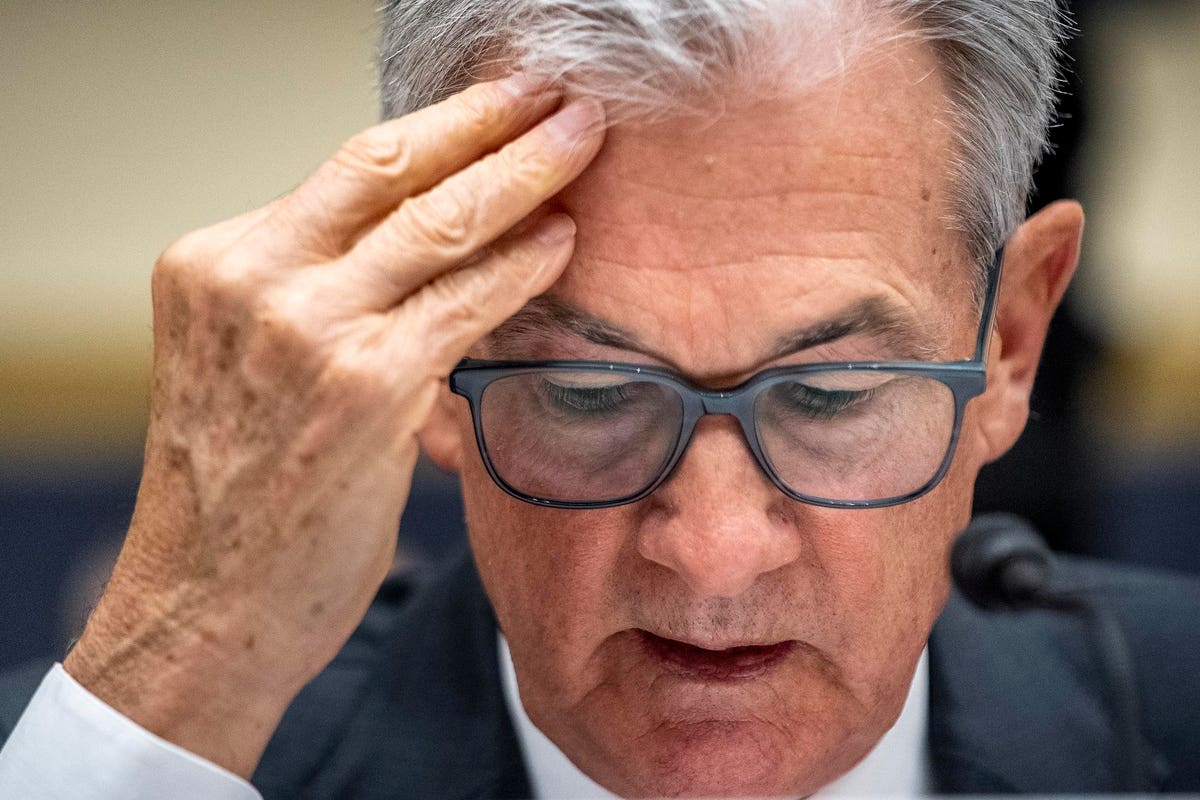On September 13, we’ll receive Consumer Price Index data for August, after broadly encouraging data for the prior two months.
In recent statements, Federal Reserve officials have largely downplayed the chances of an interest rate hike on September 20. However, September and October’s CPI numbers in combination will inform whether the Fed decides to make what might be a final increase in short-term rates on November 1.
The bond market doesn’t see a November hike as too likely, giving it about, a 1 in 3 chance currently, but if the next two CPI reports show inflation running hot, especially in the service and shelter categories that the Fed is watching closely, then the chance of a November hike could increase. Nowcasts, currently estimate that the month-on-month inflation rate could accelerate in the two upcoming CPI releases and it remains to be seen what the Fed will tolerate before another potential interest rate hike.
Nowcasts
Nowcasts of CPI inflation as estimated by researchers the Cleveland Fed is calling for a sharp spike in the month-on-month inflation in August CPI to almost 0.8%, in part due to gasoline prices moving up over 6% month-on-month in August. However, stripping out food and energy, core CPI is estimated at 0.4% month-on-month. That would be higher than the prior two month’s readings, but the Fed will be looking past the headline figures to underlying trends in several key categories. It is also worth noting that in recent months, nowcast estimates have tended to overstate actual CPI inflation, despite a relatively robust long-term forecasting record.
What The Fed Is Watching For
Aside from the overall level of inflation, the Fed will be particularly interested in inflation for services. Services includes a range of categories such as medical care and financial services. Their concern is that services prices have continued to rise driven, in part, by rising wage costs, which are a key cost in delivering most services. As wages growth appear to be dropping back, services prices might moderate too. The Fed is still watching the data closely for trends here, though recent data has been fairly encouraging.
Secondly, the Fed is concerned about home price trends. The CPI picks up with housing costs with a lag to the latest home prices, because a lot of the pricing data comes from lease rates, which are measured using a panel approach and leases often only reprice annually. Both of these measurement techniques mean that CPI data on shelter costs is slow to follow the latest trend in home prices by at least several months.
Here the Fed is reasonably confident that shelter costs should see some disinflation as the drop in home prices in late 2022 and early 2023 as mortgage costs rose relatively steeply becomes reflected in CPI figures after a lag.
However, since the spring, home prices in aggregate, have rebounded somewhat. Since shelter costs are such a large component of inflation, if prices don’t flatten out or decline in this category, then the Fed has suggested it could move rates higher.
What To Look For
It would likely take very concerning CPI numbers on September 13 for the Fed to look to move rates higher on September 20. That’s after a range of recent Fed statements that signaled some patience before any further rate moves. However, if CPI inflation doesn’t show some disinflation in services and shelter costs, then the Fed may start to prepare the market for a rate increase at their November meeting. If we see reassuring inflation figures, it’s possible that we’re already at peak interest rates for this cycle.
Read the full article here












